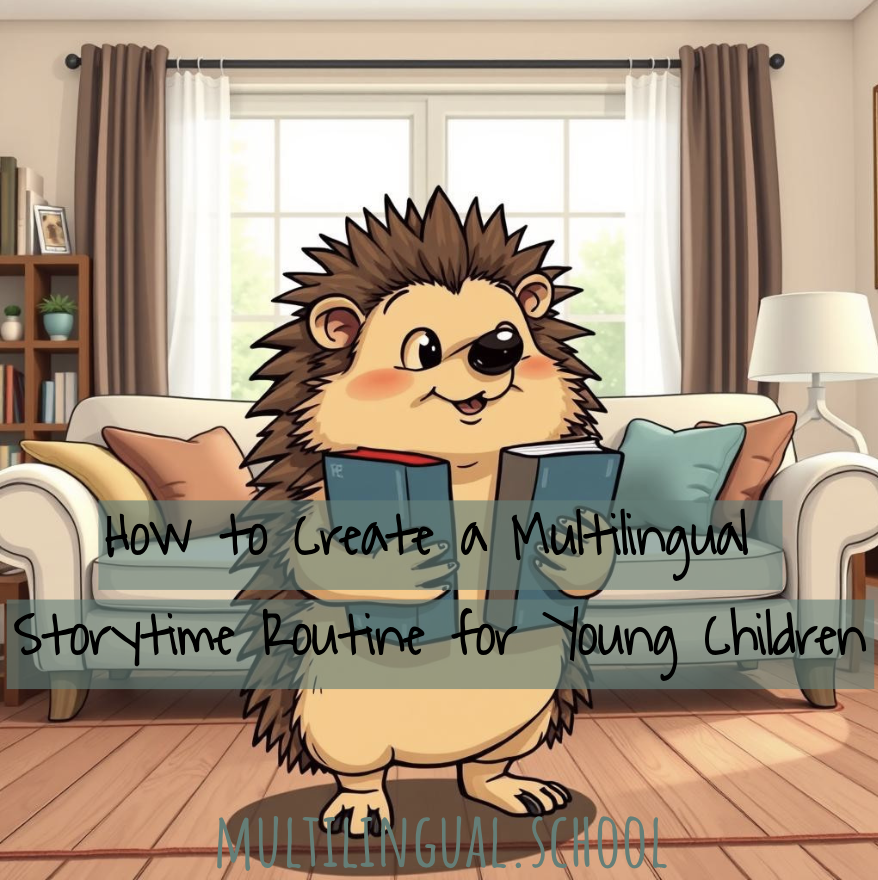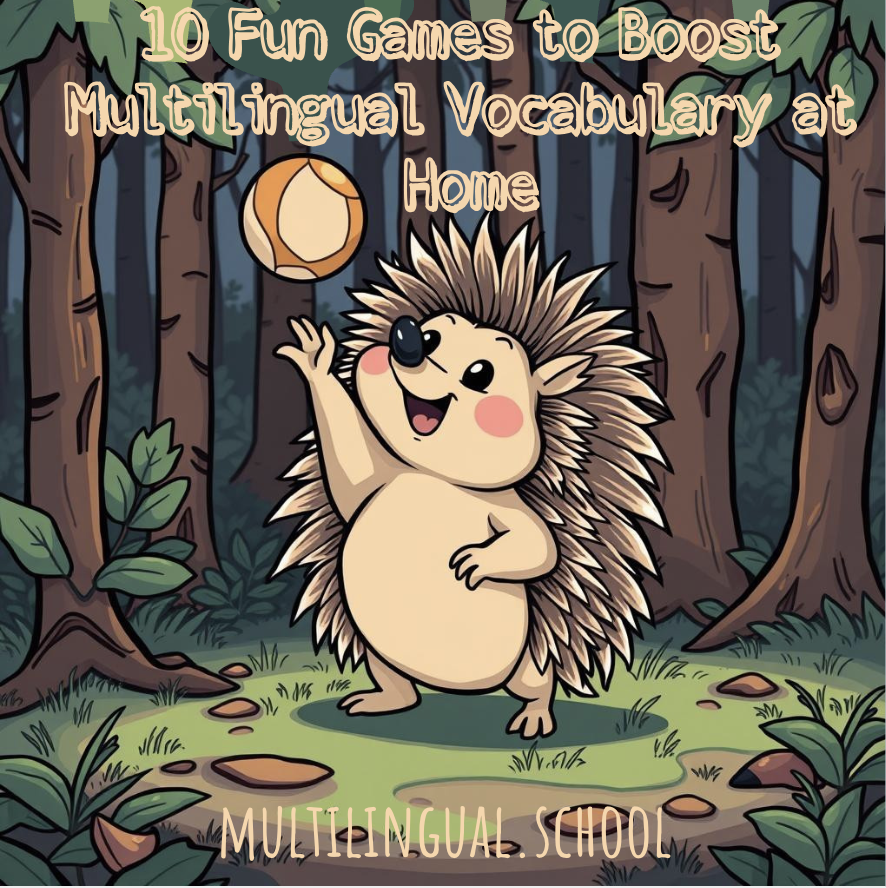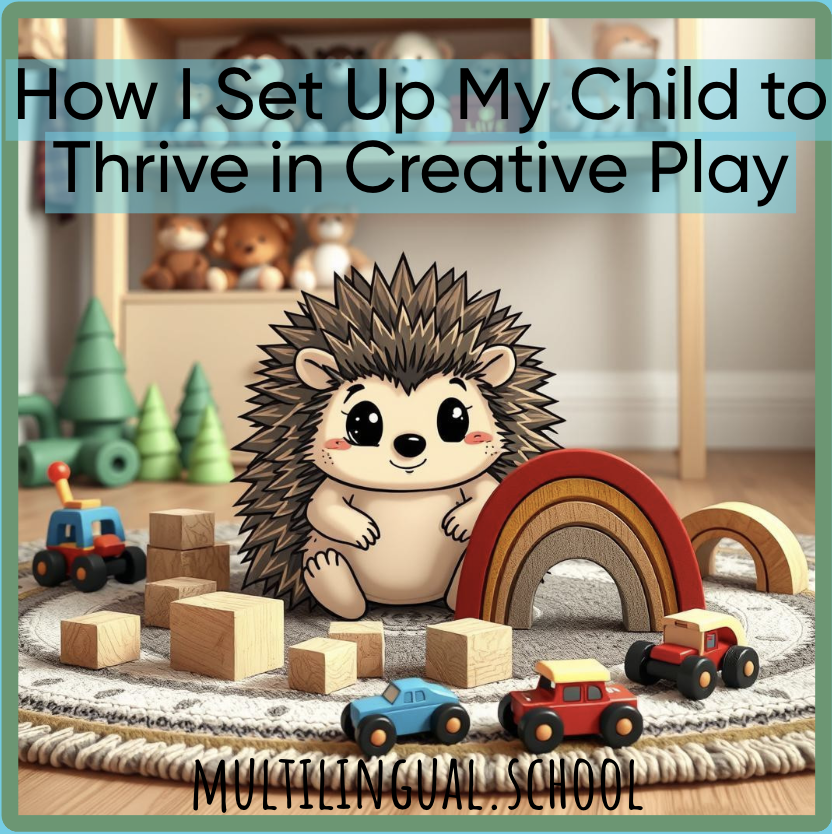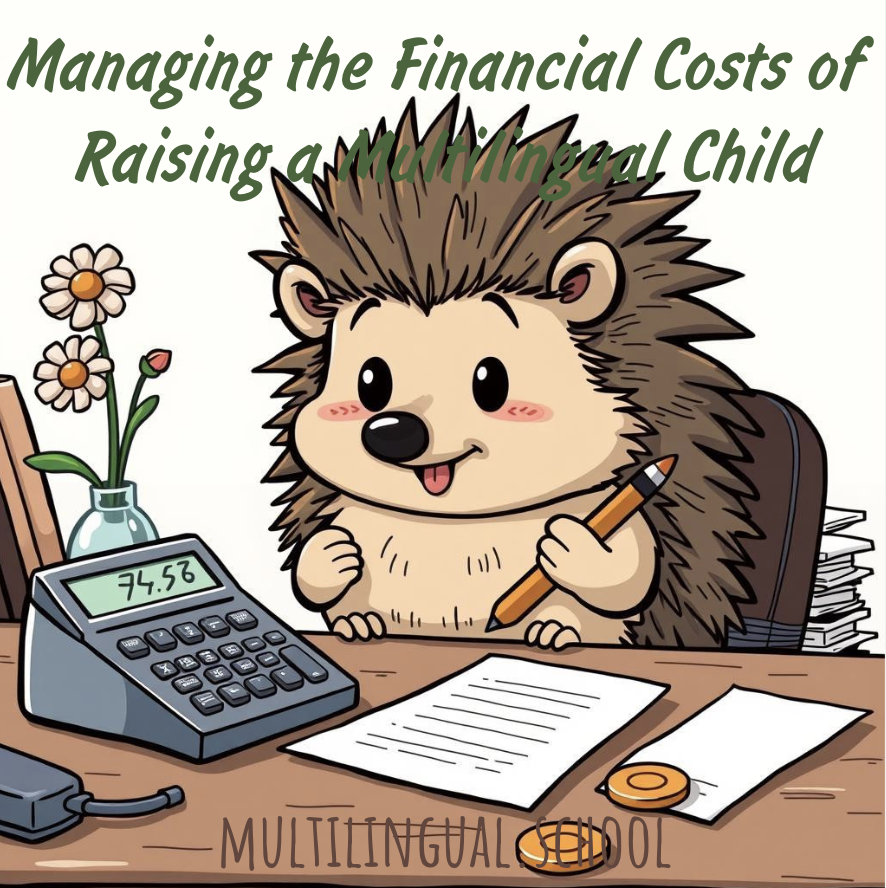“Multilingual toys” - why open-ended toys are good for language
This post may contain affiliate links, which means that I may receive a commission if you make a purchase using these links. You do not pay a higher price.
What are open-ended toys?
Open-ended toys are toys that don’t prescribe your child on how to play with it exactly. Take a wood block for example. Your child may decide to build a tower with it. Or it functions as a fence for the imaginary farm field your child is setting up. You see, the wooden block is just “there” for your child’s imagination to represent right then what the child needs for play.
You can contrast this with “closed” toys, they tend to make noises, or you can push buttons to activate things. With these play options, you usually have one way that the child can interact with the toy. So, in a way, it’s limiting the options ahead of time and once your child figured out how to operate it, it’s in repetition mode. The more a toys does, the less your child has to “do”, as in “think”, “create”, “imagine”, “pretend”, or “interact”. While these toys can have their legitimate way in the child’s world, we want to focus on how open-ended toys are especially versatile on many levels.
What makes open-ended toys special for language development?
When our son plays with his toy cars, it is a fascinating display of a child’s creative mind. He oftentimes narrates for himself what is happening in the little world he is creating. This in itself is a beautiful exercise of language use, and creative play with words. Quite often I would quietly observe and hear him use Portuguese, English, and German interchangeably.
The beauty of open-ended toys is that they can represent the entire world. And you can label and talk about the things they represent during play. From the beginning, we made it a habit to narrate a lot of actions to our son (in our respective language), so whenever I or my husband would play with our son, we would use the toys and what they represented as an introduction into describing the world in that language. In a way, as the open-ended toys enable so much pretend-play, they also enable the inner world to learn and describe and name the world - which is the essential bit in language development and language usage.
Ways to use open-ended toys in the bilingual or multilingual home
We tend to use open-ended toys (and really a lot of loose parts in general) in many different ways to encourage use of rich language:
I mentioned that we like to narrate a lot what we can observe around us, and during play, if we play directly with our son. So here, we would take the opportunity to not only say “wooden block”, but we would describe them as a “space rocket” when building one with said wooden blocks, for example.
Another popular way in our home is counting objects of a group these days. We’d count all the yellow cars, for example. Or, are these taxis in that instance? Or what about the round pebbles, how many did we use to create the bear cave?
Asking questions about play scenes. During independent play, our son is purely immersed into his own world and usually oftentimes mumbles his own narrations to himself. When he then tells me about what he’s done, I usually try and ask follow-up questions about his world. If he’s up to it, he describes further what is going on in his little play world.
Open-ended toys and loose objects are also very helpful in the homeschool setup, and if you want to introduce the typical preschool knowledge. For maths, loose objects are a fantastic way to replace any worksheets. But also to talk about things like animals, community helpers, or nature phenomenons, there is usually a way to make things more haptic with open-ended toys.
Open-ended toy recommendations
Here are some of the open-ended toys we use and like at home:
Lovevery Block Set & Peg People
We are a fan of Lovevery in our home, and the block set is a part of it. The colourful blocks in various shapes not only invite for creative play, but are also somewhat educational if you want to use them for colour-conversations.
We added more plain blocks to our collection. Something like these, or similar. I would say, they are equally in use.
I was skeptical first to introduce them as I wasn’t sure how practical they would be. It turned out that they form the base of most of the car play, so they tend to stay out without interruptions. If your child is even remotely interested in sorts of car play, I do recommend the big pack.
Or any other brand, they are usually compatible with each other. Although some stick together more than needed and need some force to get back apart again. We have some rails, bridges, and a few trains. We personally don’t focus too much on the buildings. There, we sometimes use cardboard boxes or wooden blocks as houses.
We actually got a batch of our car selection as a hand-me-down, so our cars are at least one generation old. Nevertheless they are most loved over here. We also have some of the following.
Schleich (and other) Animals
Of course, they are part of our collection. Schleich animals are versatile in conjunction with a play carpet, for preschool activities and for restaurant visits and car rides. We do have a few from CollectA and Papo animals, mostly when we preferred certain designs or when Schleich didn’t have them available.
Let me know how you are using open-ended toys for your multiple languages at home, and which toys specifically you recommend in the comments.























